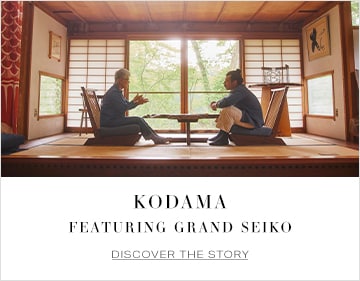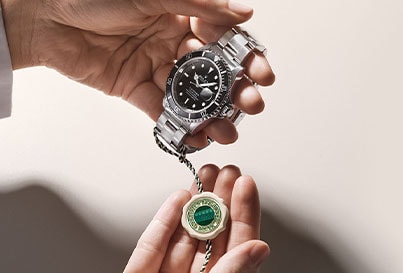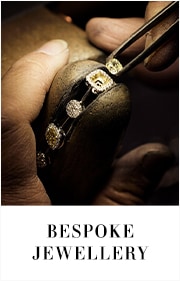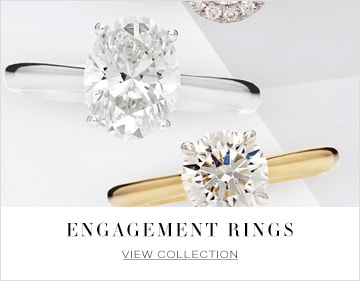-
Watches
By Category
Anytime. Anywhere.
By Collection
By Brand
-
Rolex
By Category
By Collection
- Rolex Certified Pre-Owned
- Pre-Owned & Vintage
-
Brands
Watch Brands
Jewelry Brands
-
Jewelry
By Metal
By Gemstone
By Collection
By Brand
-
Engagement
By MetalBy StyleBy Cut/ShapeBuild Your Ring
-
Wedding
By MetalWedding JewelryEditorial
- Sale
-
Sell Your Watch
Sell Your Watch
We will expertly assess your watch and offer you
a competitive and accurate valuation for the
watch you wish to sell to us.Free valuation by our experts
Unrivalled knowledge & expertise
Competitive prices offeredBrands we buy
A. Lange & SohneAudemars PiguetBlancpainBreguetBreitlingCartierIWC SchaffhausenJaeger-LeCoultreLonginesOMEGAPatek PhilippeRolexHeuerTudorVacheron Constantin - Stores
- Shop by Category
-
Watches
- Back
- Shop All Watches
- By Category
- Anytime. Anywhere.
- By Collection
-
By Brand
- Rolex
- Angelus
- Arnold & Son
- Berd Vay'e
- Blancpain
- Bovet
- Breitling
- BVLGARI
- Cartier
- DOXA
- Girard-Perregaux
- Grand Seiko
- Hamilton
- Hublot
- ID Genève
- IWC Schaffhausen
- Jacob & Co
- L’epee 1839
- Longines
- Luminox
- Nivada Grenchen
- OMEGA
- Oris
- Panerai
- QLOCKTWO
- Rado
- Raymond Weil
- Reservoir
- Speake Marin
- TAG Heuer
- Tissot
- Tudor
- Ulysse Nardin
- William Wood Watches
- WOLF
- Zenith
- Rolex
- Rolex Certified Pre-Owned
- Certified Pre-Owned
-
Brands
- Back
- View All Brands
-
A-Z
- Rolex
- Angelus
- Arnold & Son
- Berd Vay'e
- Bijoux Birks
- Blancpain
- Bovet
- Breitling
- BVLGARI
- Carlex
- Cartier
- CHANEL
- Di Modolo
- Dinh Van
- DOXA
- FOPE
- Girard-Perregaux
- Goshwara
- Grand Seiko
- Gucci
- Hamilton
- Hearts on Fire
- Hublot
- ID Genève
- Ippolita
- IWC Schaffhausen
- Jacob & Co
- J Fine
- L’epee 1839
- Longines
- Luminox
- Mappin & Webb
- Marco Bicego
- Massena LAB
- Mayors
- Messika
- Mikimoto
- Nivada Grenchen
- Nouvel Heritage
- OMEGA
- Oris
- Panerai
- Parmigiani Fleurier
- Paul Morelli
- Pasquale Bruni
- Penny Preville
- Persée
- Pomellato
- QLOCKTWO
- Rado
- Raymond Weil
- Reservoir
- Roberto Coin
- Royal Asscher
- Serafino Consoli
- Speake Marin
- Tabayer
- TAG Heuer
- Tissot
- Tudor
- Ulysse Nardin
- Uneek
- William Wood Watches
- WOLF
- Zenith
- Jewelry
- Engagement
- Wedding
- Sale
- Sell Your Watch
- Stores
- My Account
- Wishlist
- Store Finder
- Request an Appointment
- Help & Support
Why the TUDOR Black Bay Ceramic heralds a new era for the Geneva watchmaker
By Tracey Llewellyn | 5 minute read
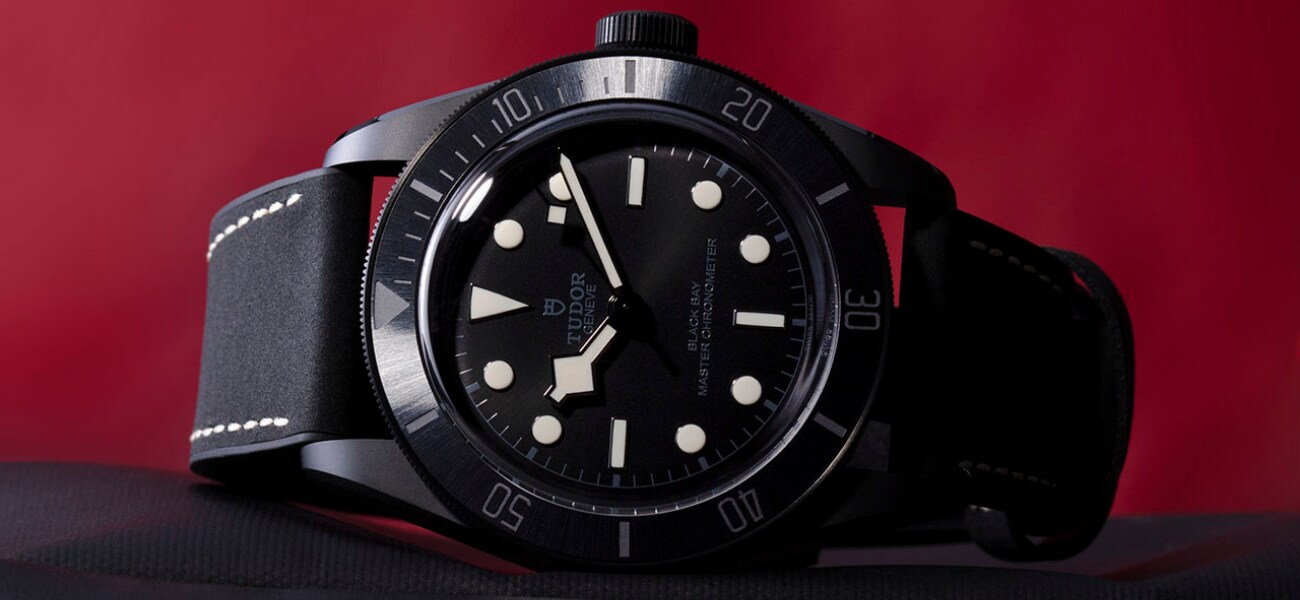
TUDOR caused quite the stir in April 2021 when, at the year’s biggest \(albeit digital\), Swiss watch fair, it took the opportunity to launch a silver, and a gold-cased version of its Black Bay Fifty-Eight model as well as two new Black Bay chronographs.The brand hit another home run the following month when it debuted the Black Bay Ceramic – introducing a fresh material to TUDOR’s ever-growing range of diving watches.
Staying true to the proportions of the original Black Bay, the latest addition has a 41mm case executed in micro-blasted, matte-black, ceramic. The black PVD treated, steel bezel features a ceramic insert with sunray finish and 60-minute graduated scale and the deep-black dial boasts TUDOR’s trademark ‘Snowflake’ hands. The watch is supplied with two bracelets – a hybrid leather and rubber strap and a black-and-cream fabric band made by celebrated, couture passementerie Julien Faure.
A welcome new member to the popular Black Bay family, the ceramic iteration offers a hi-tech look and comes with TUDOR’s five-year transferable guarantee that requires no registration (so no sharing of personal information by buyers), and is not dependent on intermediate servicing. “This is paramount for TUDOR,” confirms a TUDOR spokesperson, “as our five-year guarantee program is based on the intrinsic quality of our watches and not a CRM tool.”
But the value proposition doesn’t end there. Turn the Black Bay Ceramic over and the view through the exhibition caseback hints that something very different is going on here. An engraving on the movement confirms that we’re looking at TUDOR’s self-winding, in-house calibre, but the finishing is altogether new with engraved, matte-black bridges and oscillating weight.
And the aesthetic is not the only thing that separates this movement from the brand’s standard calibre; in addition to meeting the requirements of the Swiss Official Chronometer Testing Institute (COSC), the MT5602-1U is also certified as a Master Chronometer by METAS, Switzerland’s Federal Institute of Metrology and the organization responsible for the country’s official measurements.
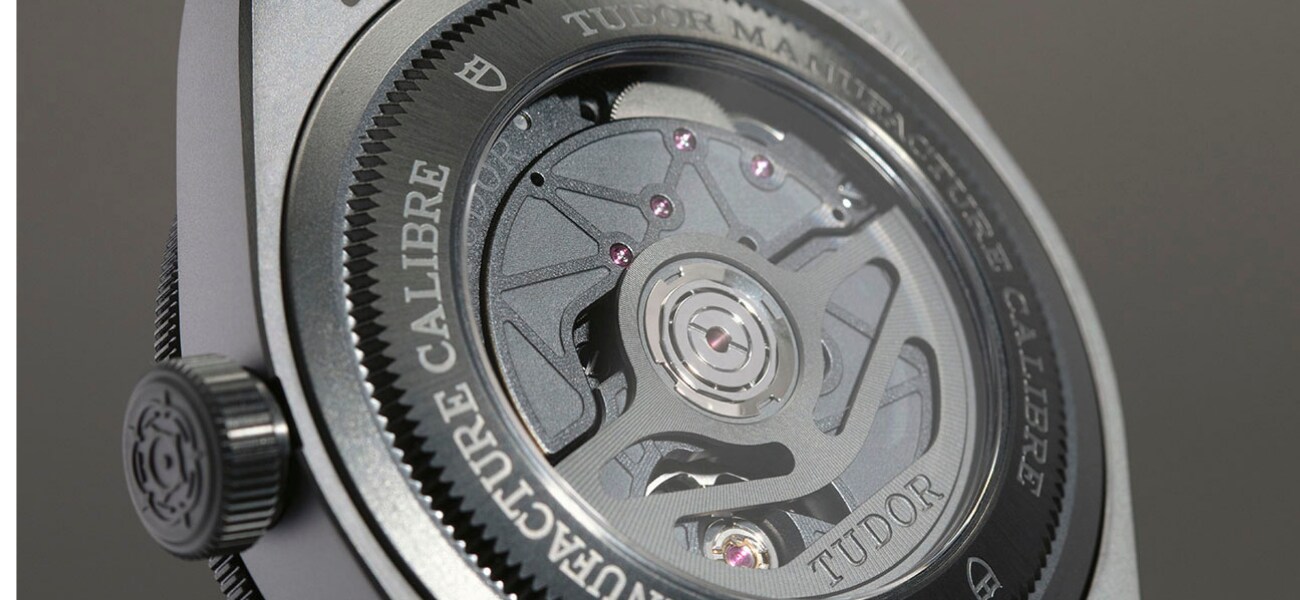
Only the second brand to successfully submit a watch for Master Chronometer certification (OMEGA being the first in 2015, when it helped develop the testing process that is now applied to all of its Co-Axial watches), TUDOR had to further develop its manufacture movement in order to achieve certification. According to the brand’s spokesperson: “If you start from a regular TUDOR manufacture calibre, there's a number of changes that need to be applied. The ask to our R&D department is to be able to pass the certification while remaining within our price bracket.”
The effort involved in being certified by METAS is no mean feat. A brand needs to invest in fitting-out its workshop with all of the necessary testing equipment plus a separate production line for the timepieces to be tested. For two weeks every month, a METAS employee comes to the factory to carry out sample testing in a room dedicated as his or her workspace. The testing room is locked from the outside and inaccessible to employees at all times. If a sample watch doesn’t meet the standard of any one test, then METAS will conduct further analysis depending on the nature of the fail.
In order to qualify for METAS certification, watches must meet six specific criteria:
1. Swiss made: The origin of the watch components must conform to the established codes of ‘Swiss made’, which is assessed via a list of suppliers and proof of the orders placed with them.
2. COSC: All watches submitted for certification must already be COSC certified.
3. Precision: All qualifying watches must have less than a five-second variation per day (0 +5), compared to COSC’s -4 +6 and Tudor’s own standard for its manufacture movement of -2 +4. Watches are tested at two temperatures, in six different positions when power reserve is at both 100 and 33 per cent.
4. Anti-magnetism: As magnetic fields are a part of everyday modern life and are a curse to mechanical watches, tested timepieces must be able to retain precision when exposed magnetic fields of 15,000 gauss.
5. Water resistance: Certified watches must be capable of being submerged to the manufacturer’s stated depth rate, in this case 200 metres.
6. Power reserve: The watch must be capable of running autonomously for at least the manufacturer’s stated power reserve, in this case 70 hours.
An NFC guarantee card, supplied with the watch, digitally stores information relating to certification and links to NFC-enabled smartphones, to provide additional information to people who want to know exactly how their watch performed in testing.
“This information could be valuable through the watch’s life,” says TUDOR’s spokesperson. “It is a digital history of the timepiece. Ten years from now, our watchmakers will be able to go back to any watch that has achieved the Master Chronometer certification and be able to say, ‘OK, it provided this level of performance when it was new’.”
Currently, only one production TUDOR watch is METAS certified (although the brand’s unique, distressed-steel timepiece for the Only Watch charity auction has also passed the rigorous tests to become a Master Chronometer), but with the METAS infrastructure now in place, and more in-house calibres likely to be produced when the brand’s Kenissi manufacture opens in a few months’ time, it feels that this is just the start of a long and interesting road ahead.
Discover more from TUDOR here at Mayors.
